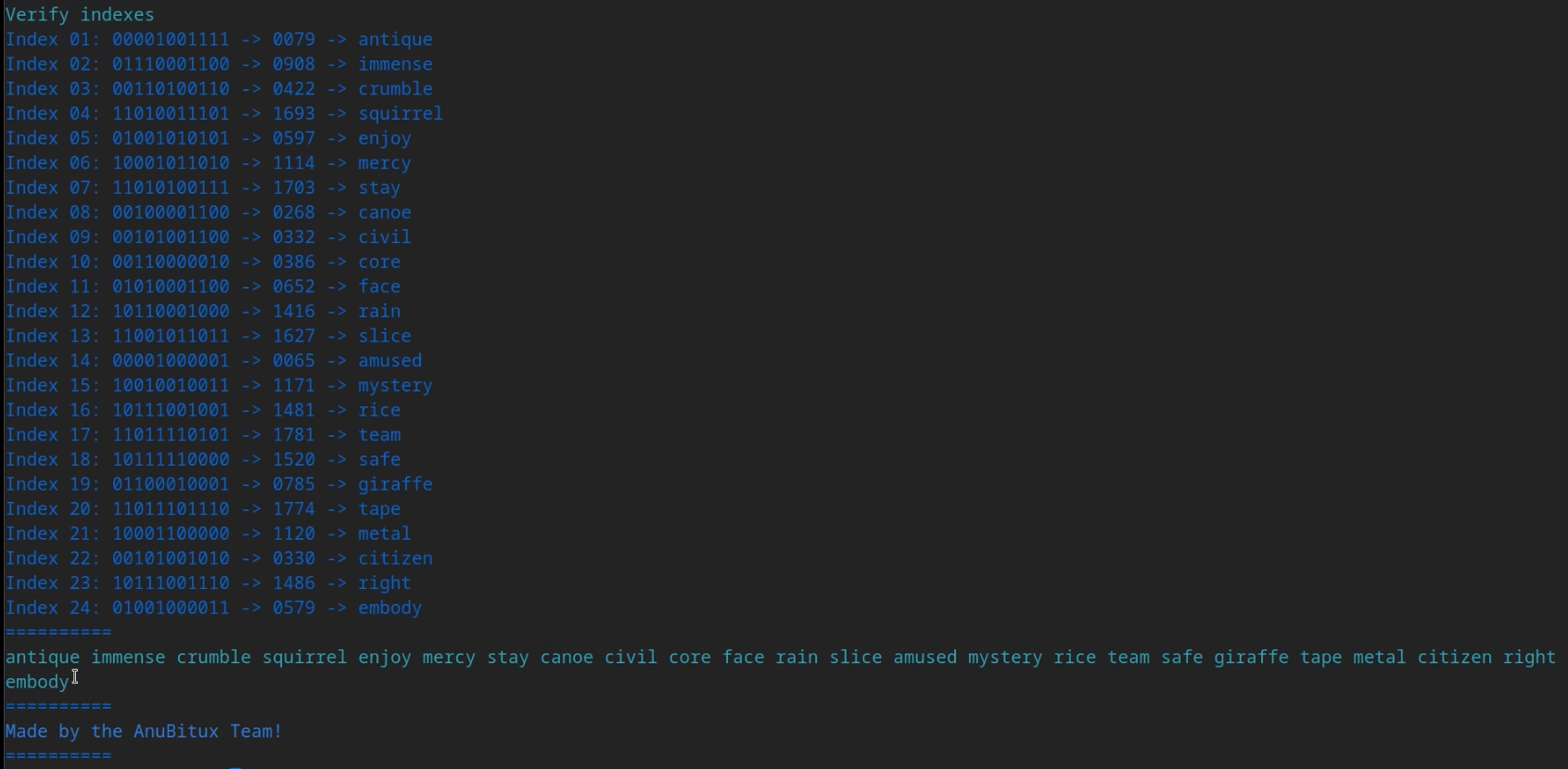Generate a mnemonic seed with your microphone

Generating mnemonic seeds is perhaps the most delicate aspect in relation to the custody of cryptocurrencies. There are a lot of methods to obtain mnemonics, for example:
- many wallets automatically provide them to us;
- they can be obtained rolling a dice several times;
- they can be obtained through dedicated tools and hardwares like SeedSigner.
It is very important to make sure that the obtained mnemonic seed is truly random and not replicable. If not so, other users could obtain the same private keys and steal our funds. Summarizing, it is important to use a good source of entropy!
Entropy from the air
It could also be a good idea to grab the entropy from the environmental noise, since it is very unlike that there could be exactly the same noise for two times. To collect entropy in this way and obtain a printable paper wallet, AnuBitux provides the Mic2Seed tool.
OpSec first
Before using the tool, it may be a good idea to use the "Offline" shortcut from the AnuBitux desktop, in order to disable all the possible connection to external devices and avoid leaking any kind of information.
It is also important to check that the ardware we are using is working properly. In AnuBitux, we can use the MicCheck tool. It records a 5 seconds audio and plays it. If we don't hear anything there may be something not working in the correct way but definetly we have to remember to turn up the volume. The tool tries to help us showing a clear and big message saying "VolumeUp".

How to use the tool
Once we are sure that our hardware is working properly and we took care of our OpSec, we can launch the tool directly from the Wallet Generators menu or typing mic2seed.py in our terminal.
If we are sure that our hardware is working properly, we only have to wait about 30 seconds to obtain our new random mnemonic seed.

The tool also provides the entropy used to obtain the mnemonic seed and the indexes of the words to check them from the BIP39 list.

On our YouTube channel you can find a demonstration on how to use this tool!

